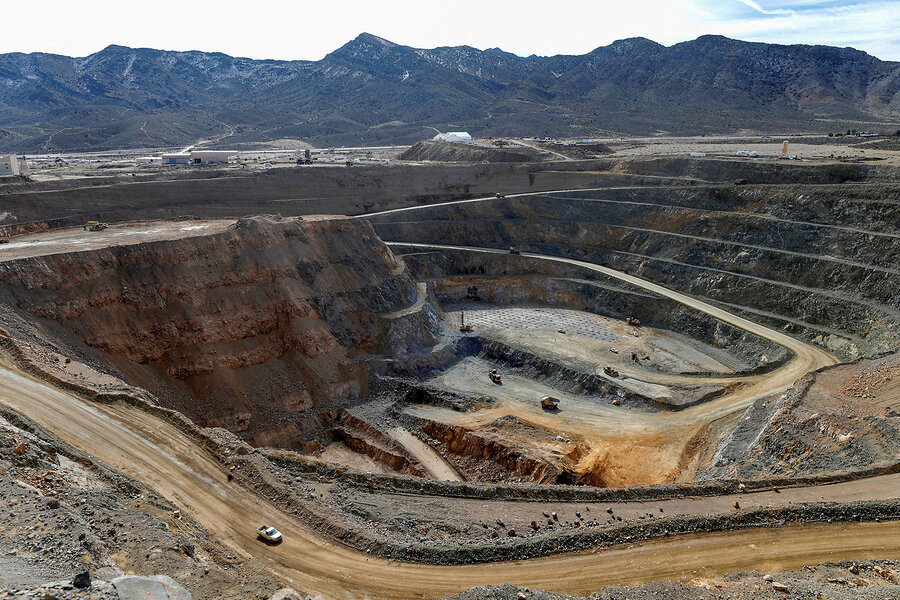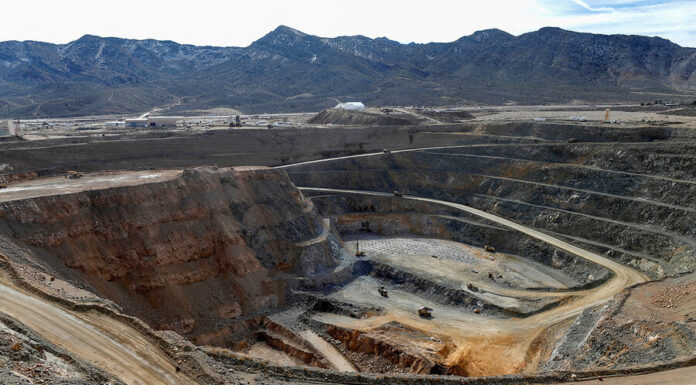
Rare earth elements (REEs) are a group of 17 metals essential for various modern technologies. Applications include electric vehicle motors, such as the approximately 2.5 kg of neodymium used in a Tesla Model Y, and defense systems. An F-35 aircraft incorporates over 900 pounds of REEs, while a Virginia-class submarine utilizes 9,200 pounds. The global supply chain for these materials, long defined by China’s market dominance, is experiencing shifts due to geopolitical actions. These include export controls implemented by China, efforts by the United States to increase domestic supply, and negotiations involving Ukraine’s mineral resources. What’s next for rare earth minerals?
China has a dominant position in the global rare earth market. It accounts for nearly two-thirds of global raw REE mining and controls the majority of the subsequent processing stages, particularly for heavy REEs, where its processing share approached 100 percent until recently. In early April 2025, China implemented new export restrictions targeting seven medium and heavy rare earths—samarium, gadolinium, terbium, dysprosium, lutetium, scandium, and yttrium—as well as magnets derived from them. Exporters now require special licenses, reportedly involving processing times of 45 days or more. Concurrently, 16 US firms, primarily in the defense and aerospace sectors, were added to an export control list, restricting their access. Market data indicated immediate effects, with the price of dysprosium increasing approximately 30 percent month-over-month to $300 per kilogram in April 2025. China’s REE exports to the US reportedly decreased by 52 percent year-over-year in the first quarter of 2025. These controls have been reported as both a response to US tariffs and a use of resource supply as a strategic tool.
The United States is highly reliant on imports for REEs and other critical minerals, importing 100 percent of its supply for at least 15 such minerals and sourcing over 70 percent of its REE imports from China. In response to this dependency, the US government has initiated several measures to bolster domestic supply chains. Recent executive orders focus on streamlining mine permitting processes, identifying federal lands suitable for mineral production, and employing the Defense Production Act (DPA) to support domestic industry. The Department of Defense has allocated over $439 million since 2020 towards establishing a domestic “mine-to-magnet” supply chain, with the stated goal of meeting US defense requirements by 2027. Efforts include supporting potential domestic projects such as the Elk Creek Project in Nebraska and the Halleck Creek deposit in Wyoming, complementing existing operations like MP Materials in Mountain Pass, California, which mainly processes light REEs. Significant challenges remain, including long mine development timelines (averaging 18-29 years in the US), high capital costs ($500 million to $1 billion reported for a mine and separation plant), environmental regulations, and a lack of sufficient domestic capacity for processing heavy REEs.
Ukraine has substantial mineral resources and has become a factor in global REE supply discussions. The country holds deposits of 22 out of 34 materials designated as critical by the European Union, including significant lithium, graphite, and titanium reserves. Estimates suggest Ukraine holds around 5 percent of global REE reserves, although assessments of commercial viability often rely on Soviet-era geological surveys conducted 30 to 60 years ago. Negotiations are ongoing between the US and Ukraine regarding potential access to these minerals, possibly linked to US aid. Reports indicate Ukrainian President Zelenskyy has expressed caution regarding the terms, while other officials see potential benefits. An outline agreement was reportedly signed recently. The ongoing conflict significantly complicates resource development. Reports indicate approximately 20 percent of Ukraine’s mineral deposits and about 50 percent of its potential REE deposits are located in Russian-occupied or contested areas. Damage to infrastructure, particularly energy generation vital for mining, presents another major obstacle. Russia has also reportedly offered the US joint ventures in occupied Ukrainian territories. Substantial investment and modern exploration would be required to develop these resources, contingent on security and stability.
China’s established control over REE processing and its recent export restrictions have prompted the US to intensify efforts aimed at supply chain diversification and domestic production enhancement. Ukraine presents potential mineral resources, but development faces significant geopolitical and practical hurdles due to the ongoing conflict and uncertain economic viability based on current data. These dynamics will likely contribute to increased price volatility in critical mineral markets, and a global push towards developing alternative REE sources and processing capabilities outside of China.
The above references an opinion and is for information purposes only. It is not intended to be investment advice. Seek a licensed professional for investment advice. The author is not an insider or shareholder of any of the companies mentioned above.
The post Geopolitical Factors Reshape Rare Earth Mineral Supply Chain – What’s Next? appeared first on MiningFeeds.






